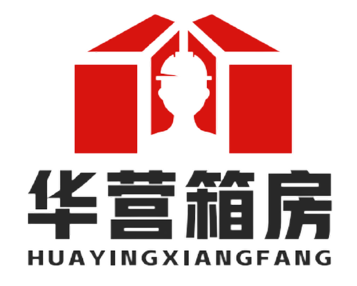Discover how cutting-edge structural engineering creates waterproof mobile house hotels. Learn about critical design elements like sloped roofs, sealed joints, and moisture-resistant materials that prevent leaks and ensure durability. This guide reveals why proper construction is non-negotiable for watertight portable accommodations.
Picture this: You’re cozied up in a chic mobile house hotel during a mountain thunderstorm. Rain drums rhythmically on the roof… yet not a single drop infiltrates your sanctuary. This isn’t magic—it’s the result of meticulous structural engineering designed specifically for portable buildings. Unlike traditional structures, mobile house hotels face unique waterproofing challenges due to transportation stresses, frequent relocation, and exposure to diverse climates.
Why Waterproofing is Make-or-Break for Mobile Accommodations
Mobile units endure road vibrations that can crack conventional seals and joints. When poorly designed, water intrusion causes:
- Mold growth in wall cavities within 48 hours of leakage
- Structural rot compromising steel frames and wooden elements
- Insulation degradation increasing energy costs by up to 25%
- Corrosion of electrical systems creating safety hazards
Industry studies show waterproofing failures account for 80% of mobile unit warranty claims. That’s why leading manufacturers treat water resistance as a core structural priority, not an afterthought.
Engineering the Watertight Shield: 4 Structural Must-Haves
1. The Slope Strategy: More Than Just Aesthetics
That gently angled roof isn’t just for looks—it’s hydraulic engineering in action. Premium mobile house hotels feature 5-10 degree roof pitches with continuous membrane systems. This creates a “water highway” directing rainfall toward integrated gutter systems. Unlike flat roofs where water pools, the slope ensures every droplet escapes within minutes.
2. Joint Fortressing: Where Battles Are Won
Seams between wall panels, roof sections, and around windows are vulnerability hotspots. High-performance designs use triple-defense:
- Primary Seal: Butyl tape compressed between modules during assembly
- Secondary Barrier: Liquid-applied elastomeric coating bridging gaps
- Armor Layer: Overlapping flashing at critical junctions
Watch how these systems work together during simulated monsoon conditions:
3. Material Intelligence: Beyond Basic Barriers
Top-tier mobile hotels use composite panels with hydrophobic cores. These aren’t your average sandwich panels—they feature:
- Closed-cell polyurethane insulation (0% water absorption)
- Fiber-reinforced polymer skins resisting impact damage
- Vapor barriers laminated directly to interior surfaces
Unlike traditional wood or steel stud construction, these monocoque designs eliminate hidden cavities where moisture can travel undetected.
4. The Drainage Ecosystem: Managing Water Flow
True waterproofing extends beyond the building envelope. Smart structural designs incorporate:
- Perimeter drainage channels beneath floor frames
- Sloped subfloors directing any condensation toward sump points
- Breathable underfloor membranes allowing vapor escape
This integrated approach creates a “dry path” for water at every structural layer.
Real-World Testing: Beyond Theory
Reputable manufacturers subject units to brutal validation:
- Wind-Driven Rain Tests: 3-hour simulations of 70mph storms
- Transport Shake Trials: 500-mile equivalent vibration testing
- Thermal Cycling: -40°F to 120°F temperature swings
One luxury mobile hotel brand reported zero leakage incidents after hurricanes when units implemented these structural protocols—while competitors faced 60% failure rates.
Maintenance Myths vs. Reality
Even brilliant designs need smart upkeep. Avoid these misconceptions:
- Myth: “Silicone caulk fixes everything”
Truth: Improper sealants can trap moisture. Use manufacturer-recommended elastomeric compounds. - Myth: “Roof coatings last forever”
Truth: Inspect and re-coat every 3-5 years based on UV exposure. - Myth: “Condensation means leaks”
Truth: Interior humidity control is equally crucial—install dehumidistat-controlled vents.
The Investment Perspective
While advanced waterproofing adds 8-12% to initial costs, it delivers tangible ROI:
- 30+ year lifespan vs. 10-15 years for basic units
- 75% reduction in maintenance expenses
- Higher nightly rates for premium, worry-free accommodations
As glamping industry revenues soar past $4 billion annually, durability directly impacts profitability.
Ultimately, waterproof mobile house hotels represent structural artistry where every angle, joint, and material choice serves a hydraulic purpose. When engineered correctly, these portable sanctuaries don’t just resist water—they defy it through intelligent design. Because in hospitality, there’s nothing less welcoming than a surprise indoor waterfall.
